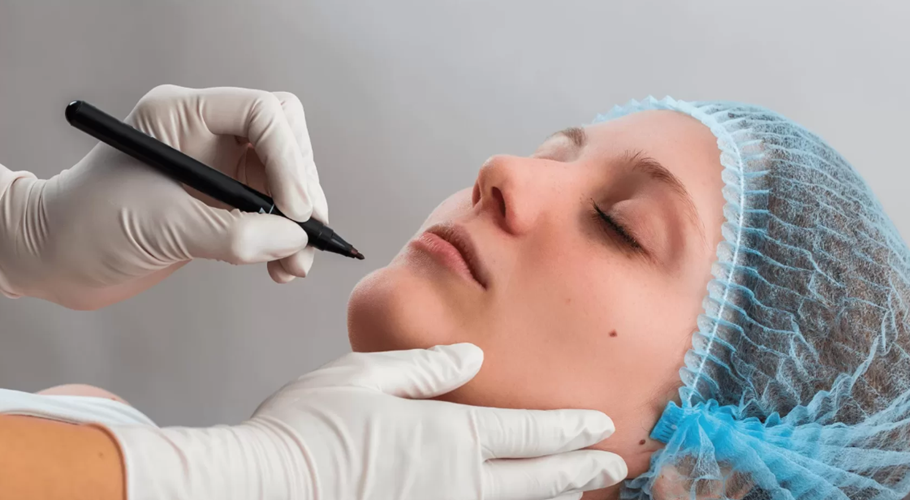
Relieve Jaw Pain and Tension with Botox for TMJ
Temporomandibular joint disorder (TMJ) is a condition that affects millions of people, causing discomfort, jaw pain, and muscle tension that can significantly disrupt daily life. Symptoms often include pain in the jaw joint, headaches, and discomfort in the neck and shoulders. While traditional treatments like physical therapy, dental appliances, or medication can provide relief, Botox has emerged as a modern and highly effective option for alleviating the pain and tension associated with TMJ.
Botox, or botulinum toxin, is widely known for its use in cosmetic procedures to reduce wrinkles, but its medical applications have expanded significantly. It is now increasingly recognized for its ability to treat various conditions, including TMJ. When injected into the muscles responsible for jaw movement, Botox works by blocking the nerve signals that trigger muscle activity, reducing the contraction of these muscles. This muscle relaxation can significantly alleviate the tension and pain often experienced by those suffering from TMJ.
One of the key advantages of using botox for tmj is its ability to provide rapid relief. Many patients report noticeable improvements in jaw pain and muscle tension within just a few days of treatment. The effects typically last between three to six months, making Botox a great option for both short-term relief and long-term management of TMJ symptoms. The procedure itself is quick—usually taking less than 30 minutes—and involves minimal downtime, allowing patients to return to their daily activities almost immediately.
In addition to pain relief, Botox can improve jaw function. Individuals with TMJ often struggle with opening and closing their mouths, chewing, or speaking comfortably. By relaxing the jaw muscles, Botox can enhance mobility and ease these difficulties, making everyday tasks more manageable. As a result, many patients find that their quality of life improves as they regain the ability to eat, speak, and engage in activities without the constant discomfort associated with TMJ.
However, it’s important to consult with a qualified healthcare provider before undergoing Botox treatment for TMJ. During the consultation, the provider will assess the patient's symptoms, medical history, and treatment goals to determine if Botox is the right option. It is essential to seek treatment from a trained professional with experience in administering Botox for TMJ to ensure both safety and effectiveness.
As with any medical procedure, Botox for TMJ comes with some potential side effects. The most common are temporary bruising or swelling at the injection site, which usually resolve quickly. It's also important to note that Botox is not a universal solution for everyone. While many patients experience significant relief, the results can vary, and some individuals may require additional treatments like physical therapy or stress management techniques to achieve optimal results.
For individuals suffering from chronic jaw pain, muscle tension, or other TMJ-related symptoms, Botox offers a promising solution. Its ability to target the underlying muscular issues contributing to TMJ makes it a valuable tool in managing the condition. As more people discover the benefits of Botox for TMJ, it’s becoming an increasingly popular choice for those seeking lasting relief from jaw pain and tension.
In conclusion, Botox for TMJ provides a modern, effective way to alleviate jaw pain and muscle tension, offering a path to regaining control over daily activities. With its quick treatment time, minimal downtime, and ability to improve both pain and jaw function, Botox is proving to be a game-changer for those suffering from TMJ disorders.
Weblink: